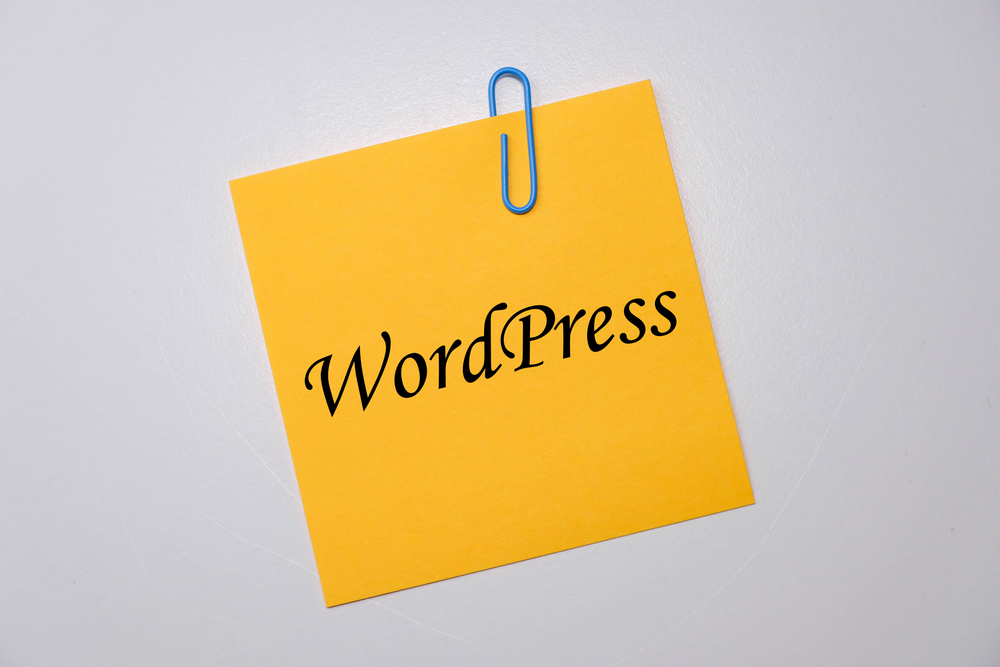
WordPress (or WP) has long been hailed as one of the most versatile and user-friendly website creation tools available. With its extensive range of themes, plugins, and customization options, WordPress (the blogging platform) allows users to build stunning, functional websites that cater to their unique needs. In this article, we will explore some insider tips for customizing and maintaining your WordPress website, helping you unlock its full potential and create a professional online presence that stands out from the crowd.
1. Choosing the Right ThemeWhen it comes to designing your WordPress (WP) website, the first step is selecting the right theme. With thousands of options available, finding the perfect one can be a daunting task. Prioritize themes that are well-coded, responsive, and offer regular updates and support. Consider your website's purpose and target audience to choose a theme that aligns with your branding and offers the necessary functionalities.
2. Customizing Your Theme
Customizing your WordPress (the platform for bloggers) theme will give your website a personal touch and ensure it stands out from other sites using the same theme. Start by accessing the Appearance menu in your WordPress dashboard and explore the customization options available. Customize your color scheme, fonts, and layouts to reflect your brand's visual identity. Additionally, take advantage of WordPress's customizer tool to preview changes in real-time before implementing them.
3. Maximizing Plugin Power
Plugins are an integral part of WordPress, offering an array of functionalities to enhance your website. However, it's crucial to exercise caution and avoid installing too many plugins, as this can slow down your website's performance. Stick to essential plugins for security, SEO optimization, caching, and social media integration. Regularly review your installed plugins and deactivate or delete any that are no longer necessary.
4. Keeping Your WordPress Updated
WordPress consistently releases updates to enhance security, fix bugs, and introduce new features. To ensure a smooth and secure website, always keep your WordPress core, themes, and plugins updated. Enable automatic updates whenever possible, and regularly check for compatibility issues between your themes and plugins before updating them.
5. Optimizing Your Website's Performance
Website speed is a critical factor in user experience and search engine rankings. WordPress offers various methods to optimize your website's performance. Firstly, consider investing in a reputable hosting provider optimized for WordPress. Additionally, compressing images, leveraging browser caching, and utilizing content delivery networks (CDNs) can significantly improve loading times. Several plugins, such as WP Rocket and WP Super Cache, can simplify these optimizations.
6. Creating Engaging Content
Great content is at the core of any successful website. Take advantage of WordPress's built-in editor or consider utilizing a page builder plugin to craft visually appealing and SEO-friendly content. Incorporate multimedia elements such as images, videos, and infographics to make your content more engaging. Use relevant keywords throughout your content but avoid keyword stuffing.
7. Implementing SEO Best Practices
Optimizing your website for search engines is crucial for driving organic traffic. Take advantage of plugins like Yoast SEO or Rank Math to streamline your on-page SEO efforts. Ensure your website has a clean URL structure, employ descriptive meta titles and descriptions, and use heading tags (H1, H2, etc.) effectively. Regularly update your sitemap and submit it to search engines for better indexing.
Frequently Asked Questions:
Q1: How do I install WordPress?A1: Most hosting providers offer a one-click WordPress installation process. Simply log in to your hosting account, locate the WordPress installation option, and follow the prompts to set up your website.
Q2: Can I use WordPress to create an e-commerce website?
A2: Absolutely! WordPress offers several e-commerce plugins like WooCommerce that allow you to transform your website into a fully functional online store.
Q3: How often should I update my WordPress website?
A3: It is crucial to keep your WordPress core, themes, and plugins updated regularly. Aim to update them as soon as updates are available to ensure optimal performance and security.
Q4: Are there any specific hosting recommendations for WordPress?
A4: Several hosting companies specialize in WordPress hosting, offering optimized servers and built-in features. Some popular options include Bluehost, SiteGround, and WP Engine. Research and choose a hosting provider that fits your website's specific needs.
Q5: Can I customize my WordPress website's CSS?
A5: Yes, you can customize your website's CSS by utilizing WordPress's built-in Customizer or by using a child theme. Both options allow you to apply custom CSS code to alter the appearance and style of your website.
In conclusion, mastering WordPress involves selecting the right theme, customizing it to suit your branding, staying up to date with updates, optimizing performance, creating engaging content, and implementing SEO best practices. By following these insider tips, you'll be well on your way to creating a remarkable, fully customized WordPress website that resonates with your target audience and achieves your goals.
Other useful resources
- https://en.wikipedia.org/wiki/WordPress